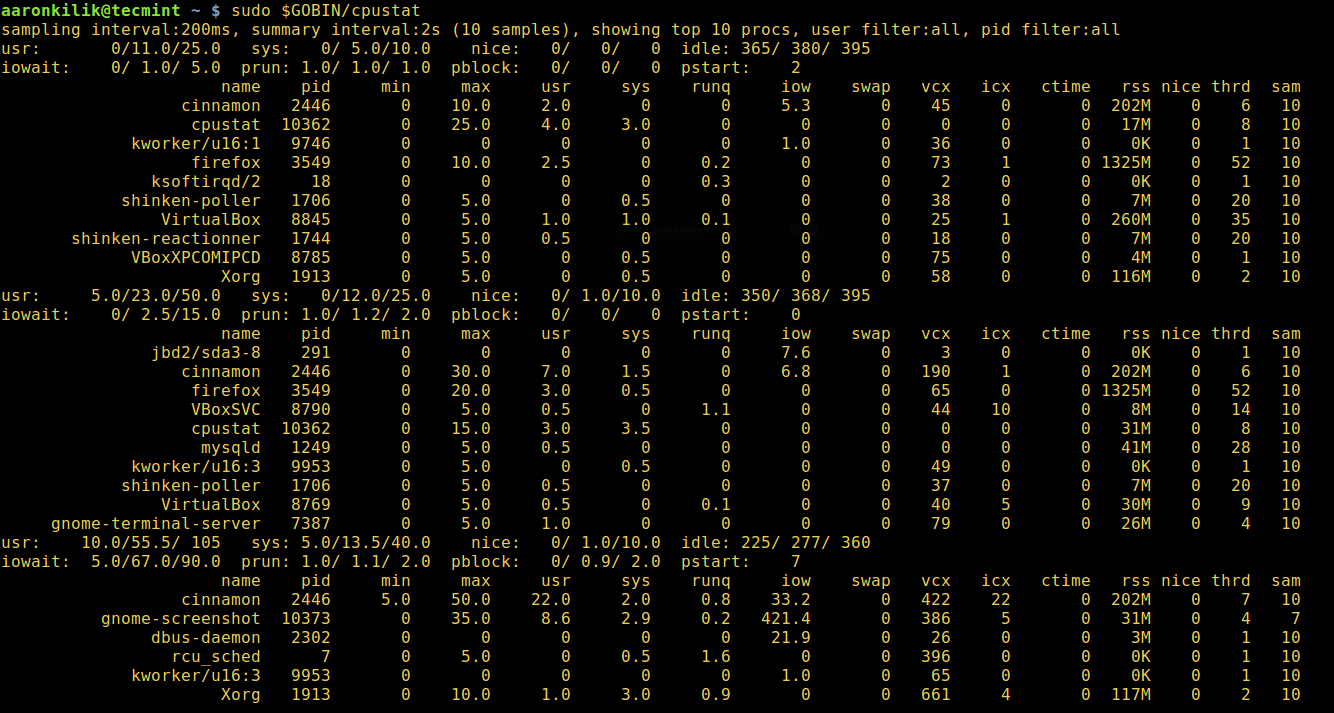

If IT teams are deploying commercially packaged software on actual switch gear, the management tools for the platform typically offer the ability to monitor resource consumption. IT teams can drill into many other metrics while troubleshooting, but these are the ones that can alert them to trouble. Second, monitor latency - how long processes wait to get CPU resources. IT teams must determine how much time the CPU executes on workloads. IT should also monitor multiple CPU-related metrics. SDN can actually compete for limited CPU resources with other work in the data center. IT teams should monitor resource consumption in all these places.

Some devices will be on branch office hardware - especially as WAN virtualization and software-defined WAN continue to gain ground - in the form of customer premises equipment that is associated explicitly with the WAN or on a branch host server that runs more traditional workloads, such as a file server. Virtual devices and controllers usually run within the data center, mostly inside hypervisor spaces like VMware, Kernel-based Virtual Machine, Microsoft Hyper-V, Citrix or Oracle.

The second reason is to make sure you have the compute capacity you need when all the other workloads sharing the infrastructure are taken into account. The first reason is to make sure you have the network capacity you need. SDN has two good reasons to monitor CPU usage. Consequently, SDN can actually compete for limited CPU resources with other work in the data center. Moreover, a lot of that network function in your data centers - and even in some branches - performs in the same compute infrastructure as the rest of your compute workloads. The bad thing about software-defined networking (SDN) is the same.


 0 kommentar(er)
0 kommentar(er)
